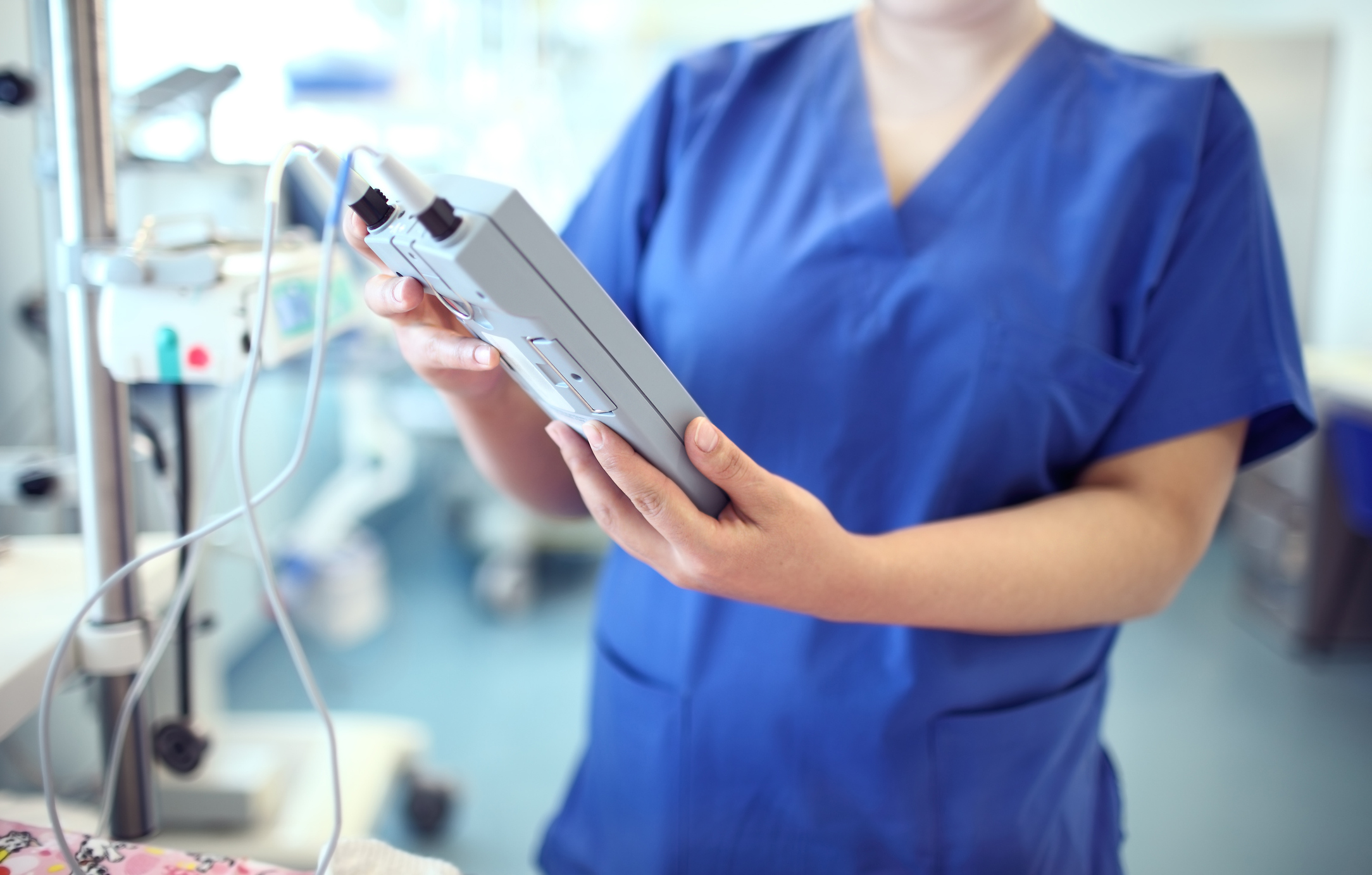Electrical Cardioversion
Electrical cardioversion is a medical procedure that restores a normal heart rhythm in patients with certain types of abnormal heartbeats (arrhythmias). Cardioversion is usually achieved by sending electric shocks to your heart through electrodes placed on your chest. It’s also possible to reach cardioversion with medications.
When is a Cardioversion Necessary?
Cardioversion can correct a heartbeat that’s too fast (tachycardia) or irregular (fibrillation). It is usually used to treat people who have atrial fibrillation or atrial flutter. These conditions occur when the electrical signals that normally make your heart beat at a regular rate don’t travel properly through the upper chambers of your heart.
Symptoms of Irregular Heart Rhythms:
- A pounding or fluttering in your chest
- Shortness of breath
- Chest discomfort
- Dizziness or extreme fatigue
These symptoms are signs that your heart is not pumping enough blood to your body. Even if you barely notice your symptoms, irregular heart rhythms that are left untreated can lead to more serious problems, such as a heart attack or stroke.
How is Cardioversion Completed?
Cardioversion is usually done with electric shocks, administered through electrodes attached to your chest. You would be under sedation during this process. Electric cardioversion takes less time than cardioversion done solely with medications, and your doctor can instantly see if the procedure has restored a normal heartbeat.
If your doctor recommends cardioversion with medications to restore your heart’s rhythm, you won’t receive electric shocks to your heart.
Cardioversion v. Defibrillation
Cardioversion is different from defibrillation, an emergency procedure that’s performed when your heart stops or quivers uselessly. Defibrillation delivers more powerful shocks to the heart to correct its rhythm.

